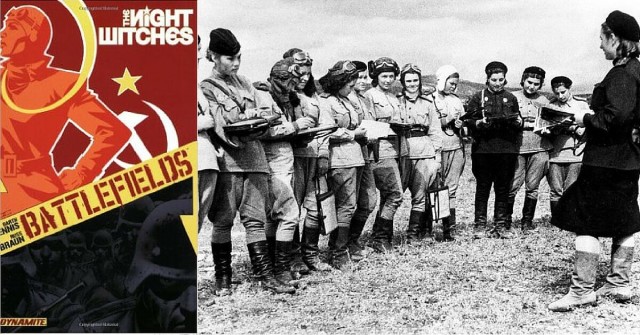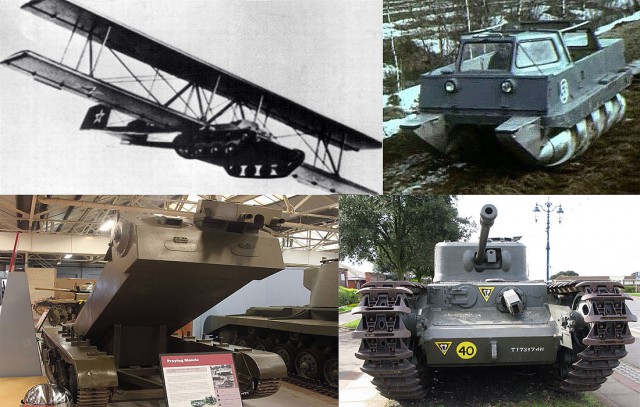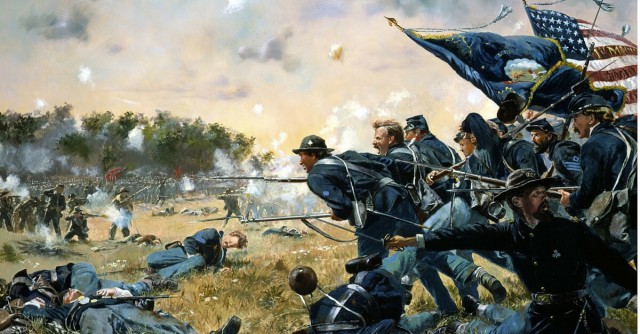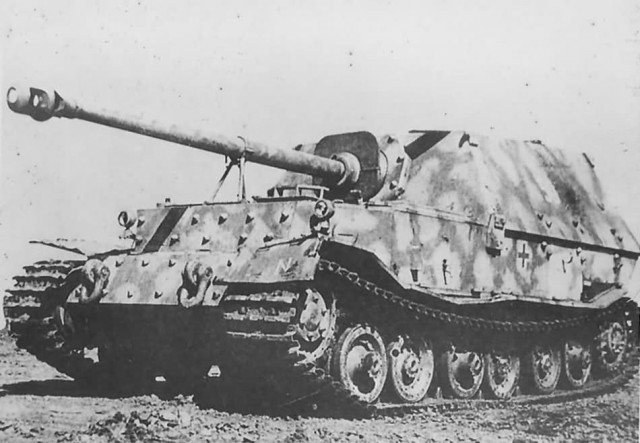The
ancient Roman army was known for its sheer discipline and incredible
organizational depth. Pertaining to the latter ‘quality’, an animated
short video by Blair Harrower aptly demonstrates how the Romans
organized their army down to the last details when it came to
troop-types, corresponding officers and their formations, thus alluding
to an impressive tactical scope that was matched by very few ancient
armies. Now it should be noted that the animation showcases the scope of
post Marian reforms – a military system overhaul that only took place
after 107 BC (thus corresponding to the late Roman Republic and the
subsequent Roman Empire).
Length of service and discord –

Now
while the video does provide some solid, unwavering numbers when it
came to Roman legionaries, in actual scenarios the situations faced by
the Roman army were often more chaotic. During the latter part of 1st
century BC, Augustus followed the guidelines of the preceding centuries,
and officially formalized the length of service of a legionary to 16
years (in 13 BC). But it should be noted that even after 16 years of
service, he was expected to join the
vexillum veteranorum or
unit of veterans for four more years. However, by 6 AD, the initial
length of service was increased to 20 years, and it was complemented by
the
praemia militare (or discharge bonus), a lump sum that was
increased to 12,000 sesterces (or 3,000 denarii). And by the middle of
1st century AD, the service was further extended to 25 years. Now beyond
official service lengths, the protocols were rarely followed in times
marked by wars. This resulted in retaining of the legionaries well
beyond their service periods, with some men fighting under their legions
for over three to four decades. Suffice it to say, such chaotic
measures frequently resulted in mutinies.
As for pay, other than the lump sum of
praemia militare,
a basic legionary was paid 900 sesterces per year (paid in three
installments). This pay scale remained the same till at least 80 AD, in
spite of presumed inflation. However the pay differed for the various
units in a legion, with under-officers and specialists being paid
one-and-a-half or twice the basic pay grade. And furthermore, this pay
figure was only a nominal value from which various deductions were made
in accordance to the goods (like food, equipment, attires and even
burial fees) consumed by the legionary. Still there were cases when the
legionary was paid less than he deserved, and sometimes the ‘swindling’
measures were initiated by giving the soldiers worthless parcels of land
instead of the
praemia militare.
Bonding beyond numbers –

The video clearly mentions how a
contubernium
was the smallest division in a Roman army. Now beyond discipline and
training, one of the crucial reasons for the effectiveness of a
legionary was directly related to his sense of fraternity within a
century (made of 80 men). So on a deeper level, a century (
centuria) was further divided into ten
contubernium
(a ‘tent group’, each consisting of eight members). Such
classifications basically led to an behavioral aspect of comradeship
among the tent group who fought, dined and rested together in their
military careers spanning over decades. This sense of identification
often translated to high morale and protectiveness on the part of the
legionaries when fighting in an actual battleground.
Interestingly, the bonding exercises were not just limited to the
contubernium. The Roman army also had a system of
rontubernium,
which basically entailed a mess group. These grouped soldiers were
expected to cook their own meals and eat them together (while the cost
of food was deducted from their salaries). Simply put, the absence of
mess halls and catering services rather solidified the bond between the
legionaries who had to depend on each other even for peaceful meals.
Other specialized units –

As
we mentioned before, a legionary was only considered as a veteran after
he had served for 16 years in the army. In the 1st century AD, even
after such a long period of service, the soldier was not expected to
‘retire’ from his legion. Instead the veteran was reinstated to a
special unit of
vexillum veteranorum for four more years of
service. Typically consisting of 500 to 600 men, the Roman army unit had
its own administrative branch with different officers. It was however
attached to the original legion, but at times were deployed
independently. The latter case is evident from their separate garrison
at the town of Thala, with this particular
vexillum veteranorum
being derived from legio III Augusta in 20 AD. Unsurprisingly, the
veterans with their years of experience were highly successful against
the onslaught of Tacfarinas and his Numidian forces.








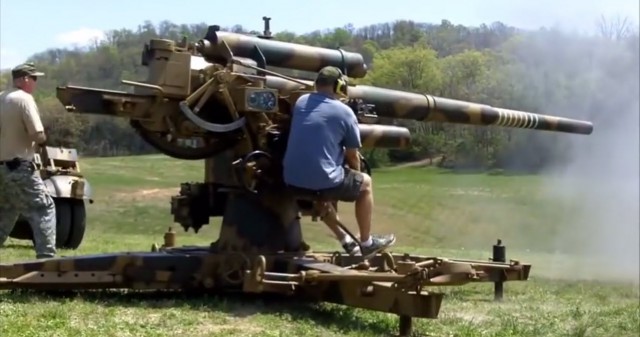



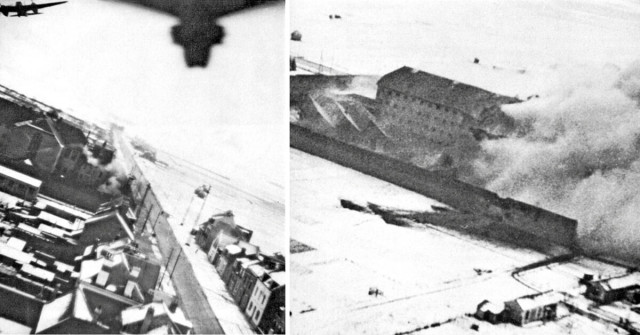
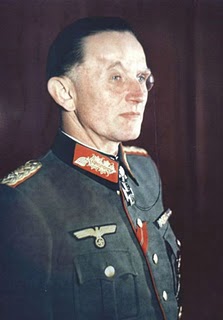

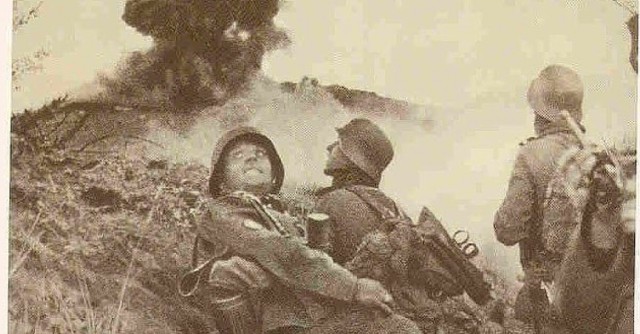





 Η συγκεκριμένη εκπομπή «ΜΟΝΟΓΡΑΜΜΑ» έχει θέμα τη ζωή και το έργο του ΜΑΝOΛΗ ΑΝΔΡΟΝΙΚΟΥ.
Ο διακεκριμένος αρχαιολόγος κάνει αναφορά στην καταγωγή του, στην
οικογένειά του και τις πανεπιστημιακές του σπουδές. Περιγράφει τις
επιρροές του και τις πρώτες αρχαιολογικές του εμπειρίες κοντά στον
καθηγητή του Κ. ΡΩΜΑΙΟ και στη συμμετοχή του, για πρώτη φορά ως
φοιτητής, στην ανασκαφή της Βεργίνας (1938-1940). Επίσης, την επαφή του
με τον αρχαιολόγο Sir JOHN BEASLEY στην Οξφόρδη (1954-1955). Μιλάει για
τα επαγγελματικά του βήματα κατά τη διάρκεια 1945-1958, περίοδο που
δίδασκε στα ιδιωτικά εκπαιδευτήρια ΣΧΙΝΑ στη Θεσσαλονίκη, εκφράζοντας
την αγάπη του για την ποίηση του ΕΛΥΤΗ και του ΣΕΦΕΡΗ.
Η συγκεκριμένη εκπομπή «ΜΟΝΟΓΡΑΜΜΑ» έχει θέμα τη ζωή και το έργο του ΜΑΝOΛΗ ΑΝΔΡΟΝΙΚΟΥ.
Ο διακεκριμένος αρχαιολόγος κάνει αναφορά στην καταγωγή του, στην
οικογένειά του και τις πανεπιστημιακές του σπουδές. Περιγράφει τις
επιρροές του και τις πρώτες αρχαιολογικές του εμπειρίες κοντά στον
καθηγητή του Κ. ΡΩΜΑΙΟ και στη συμμετοχή του, για πρώτη φορά ως
φοιτητής, στην ανασκαφή της Βεργίνας (1938-1940). Επίσης, την επαφή του
με τον αρχαιολόγο Sir JOHN BEASLEY στην Οξφόρδη (1954-1955). Μιλάει για
τα επαγγελματικά του βήματα κατά τη διάρκεια 1945-1958, περίοδο που
δίδασκε στα ιδιωτικά εκπαιδευτήρια ΣΧΙΝΑ στη Θεσσαλονίκη, εκφράζοντας
την αγάπη του για την ποίηση του ΕΛΥΤΗ και του ΣΕΦΕΡΗ.
